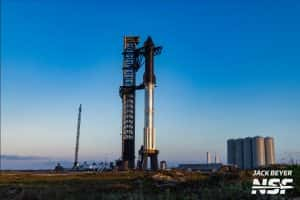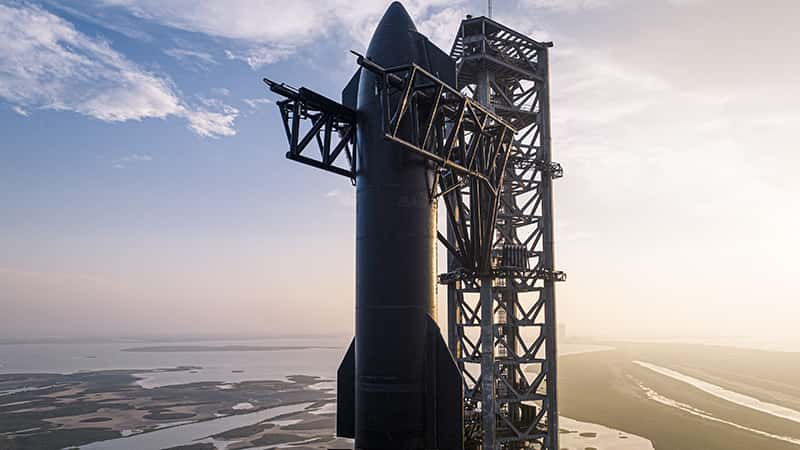As construction started to assemble the Mobile Launcher 2 (ML-2) for Artemis IV, Mobile Launcher 1 (ML-1) confirmed its position once again back on top of Mobile Launch Complex 39B for pad verification and testing.

Mobile Launcher 1 spent the better part of this year experiencing repairs and upgrades outside of the VAB at the West Park Site next to Artemis I
One of the more not-so-prominent changes to the Mobile Launcher deck included upgrading the rainbirds, and the Ignition Overpressure Protection and Sound Suppression (IOP/SS) systems. NASA has five rainbird heads for the Mobile Launcher, and NASA has modified all five of those for a couple of reasons.
One is for water flow progress and coverage on the deck, and the other one is to try to improve our imagery as well as compared to Artemis I. It was a brand-new head, fully redesigned, and rebuilt, and that was more for the water and the water flow dispersion.
The other four rainbird heads put Mobile Launcher deflectors onto the Artemis I head. Those are directed mainly to throw the water down and off of the cameras that are on the [zero] deck.”
Read Also: Russian Luna-25 Lander’s Crash Location Was Spotted By A NASA Moon Mission
NASA is looking at the protection of the deck to protect the mobile launcher and improve our imagery
The blast plates on the mobile launcher deck will also be replaced and the supports around them will be strengthened. The mobile launcher is basically on the perimeter of the flame hole, and that’s where we see the most blast pressures.
While the majority of testing is scheduled to be completed in November, crews at 39B will be kept busy completing additional work that will take them into the December-January timeframe. Once this final work is complete, CT-2 will roll back under ML-1, picking it up for the journey back to the VAB for Artemis II stacking. Artemis II is recently targeted for late November 2024.
Read Also: NASA Hubble Space Telescope Photographs The Ghostly Luminescence Of Distant Galaxy




